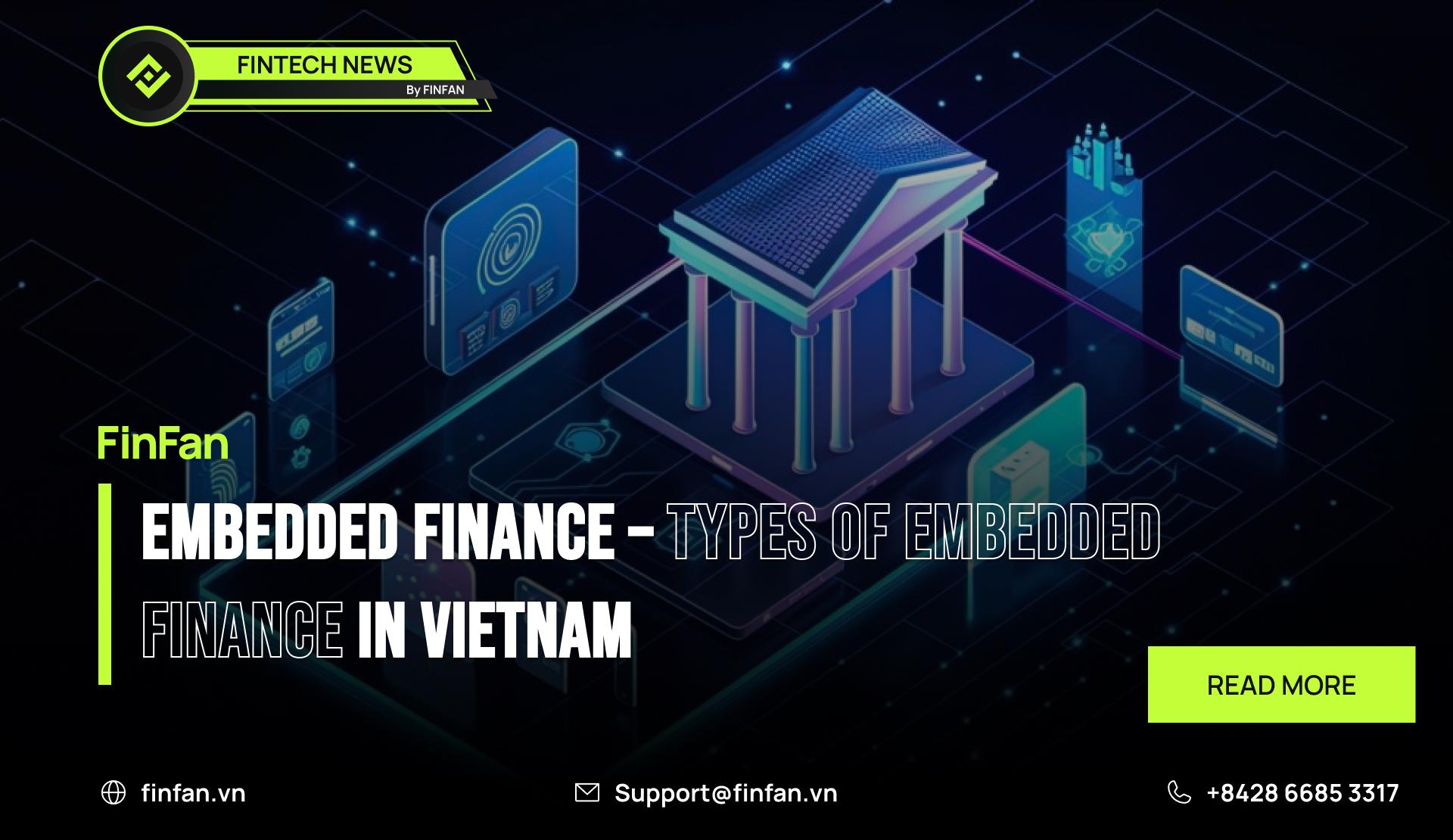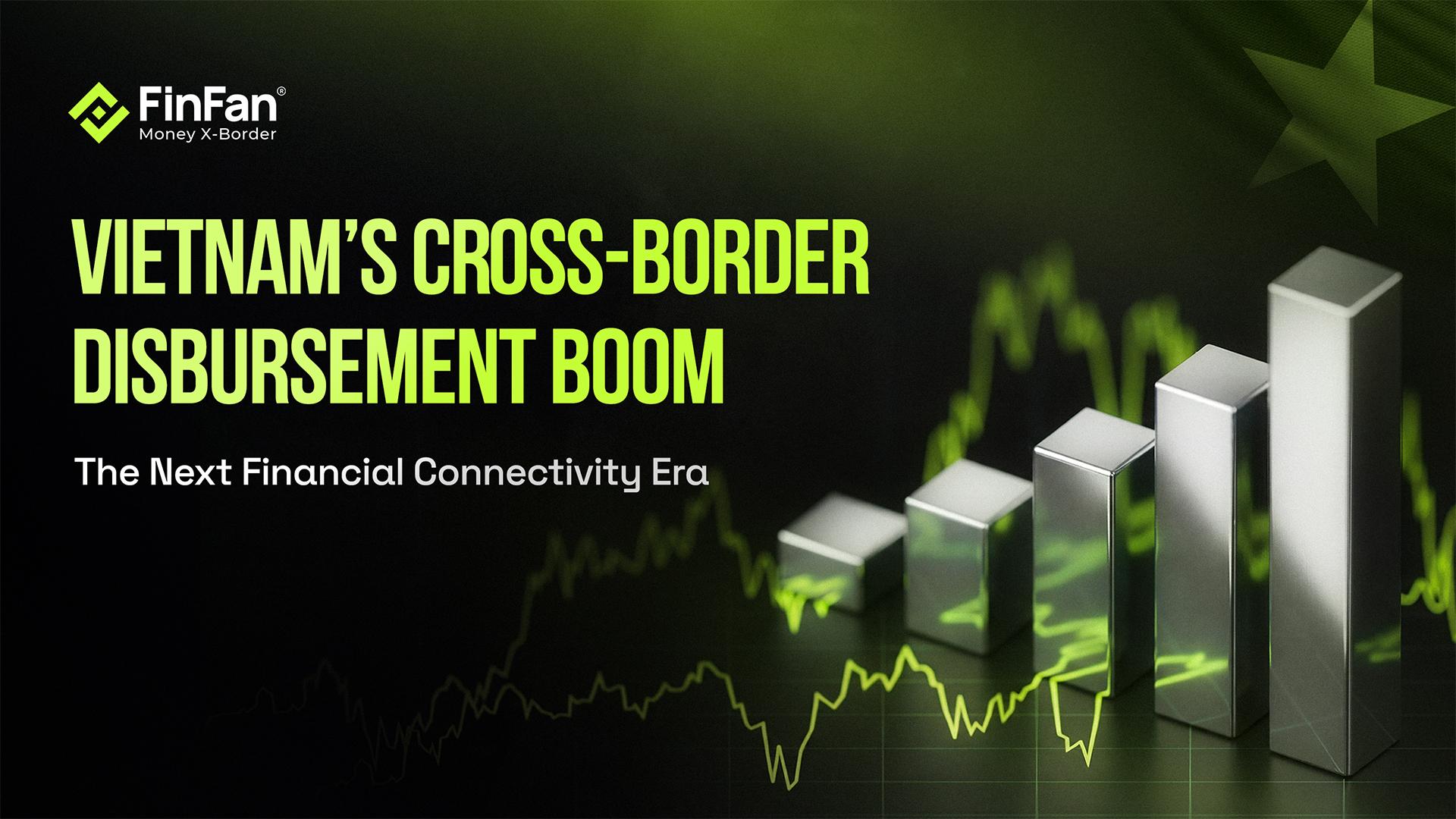Embedded Finance Part 2 – Types of embedded finance in Vietnam

Through the first article of the series about embedded finance, FinFan shared the current status of embedded finance applications in non-financial industries in the Vietnamese market.
Simultaneously, we already know that these applications are not only supporting temporarily or just a portion of additional revenue of other non-financial industries but also are gradually becoming more and more important and an indispensable part of supporting customers to have the best experiences when shopping or using services from non-financial parties.
In this article, let’s find out with FinFan types of embedded finance in Vietnam and analyze the above disadvantages that embedded finance brings to other non-financial industries.
Types of Embedded Finance in Vietnam
Embedded banking
Somehow embedded banking or Banking as a service (Baas) can replace the word embedded fintech because most applications of embedded finance involve banking.
Embedded banking is present everywhere in the Vietnamese fintech market. Typical examples include the following types:
-
VPBank's credit card dedicated to shopping on Shopee is applicable to shopping enthusiasts,
-
Scan QR payment codes at cashier counters or receptions of some restaurants and hotels,
-
Buffet, grill, hot pot restaurants, and sales shops give online vouchers to customers using cards from cooperated banks.
Most of these applications are essential and contribute to a significant source of income for banks and their partners. Customers will also benefit as they can receive many attractive offers and even get a partial refund after shopping online.
Embedded payments
When you visit the websites of some fashion brands such as H&M and choose a T-shirt for the first time, you need to register the account and then add your payment information to your account to pay for this T-shirt.
However, when you come to this website for the second time, the payment information will be saved and all you need to do is just click one button to purchase another product from H&M.
Another example of embedded payment is the Shopee Pay wallet of the biggest e-commerce platform in Vietnam. When you buy something on the Shopee e-commerce exchange, you can just by one click pay for some products on this exchange.
Another extremely special thing is that with this special combination, Shopee Pay also cashes back Shopee coins for your next purchases or sends you some very attractive discount vouchers. That also increases your motivation to shop in the future.
Embedded lending
This form has been summarized and mentioned by FinFan in the first article of this series about embedded finance. Now let's clarify more about it.
Embedded simply means putting lending or lending-related services on e-commerce platforms or sales websites of large companies.
A very typical example is the Buy Now Pay Later service of financial companies such as FECredit or HomeCredit at large e-commerce sites such as CellphoneS or Thegioididong.com.
The special feature of this service is that it allows shoppers to spend at a very low cost or no initial cost to own electronic and electrical products. This amount is also offered with a 0% interest rate when you pay in installments.
However, during the installment period, if you pay late, these lending companies will charge interest or the installment conversion fee of 2.95%/month has not been clearly stated, which makes me a bit worried when using the service. (sometimes extremely high for buyers) and then they will lose the ability to pay for that item and get stuck in bad debt.
Worse, this is an extremely dangerous credit trap that makes you become a debtor of the above services and as a result, you will be collected in extremely unpleasant ways that not only affect personal life, and family but also the lives of friends around you. Therefore, please carefully consider your ability to pay before using these services.
Embedded insurance
After the historic handshake between Tiki and FWD, embedded insurance officially landed in Vietnam in many different forms. Companies have various ways to embed digital insurance options, most via partnerships with fintech companies. These fintech companies build insurance options into the checkout flow, enabling consumers to choose insurance as an ‘add-on’ to their purchase.
However, in the end, the common key of these forms is still the combination of insurance companies with other non-insurance services such as e-commerce platforms, convenience sales agents, etc.
In short, many forms of embedded finance have been present in Vietnam. In the following articles of this series, FinFan will send you the difficulties that the embedded finance model is facing and how to solve them.
This article was curated and authored by FinFan's market research and development team, alongside our marketing department.
About FinFan
FinFan is a cross-border embedded financial services company that focuses on mass disbursement, fund collection, card processing, IBAN, and digital APMs solutions, which can provide valuable input and integration on and for the same.
FinFan is already integrated with almost the world's well-known MTOs, PSPs, switch, and core fintech platforms such as Money Gram, Thunes, Qiwi, Remitly, World Remit, Bancore, PaySend, Terrapay, Ria Money Transfer (Euronet), Dlocal, Ripple, TripleA, FoMo Pay, Wings, etc.
For more information, please get in touch with us through:
🌐https://finfan.io
📞(+84) 2866 85 3317
✉ support@finfan.vn
LinkedIn: FinFan





